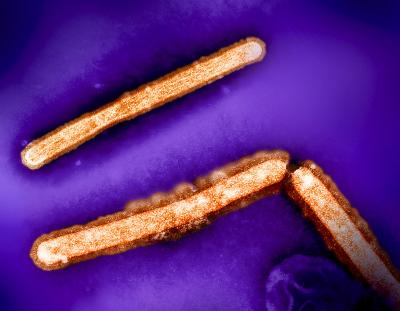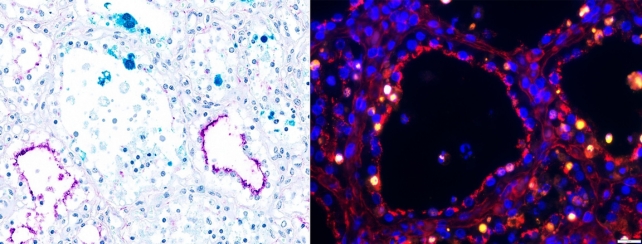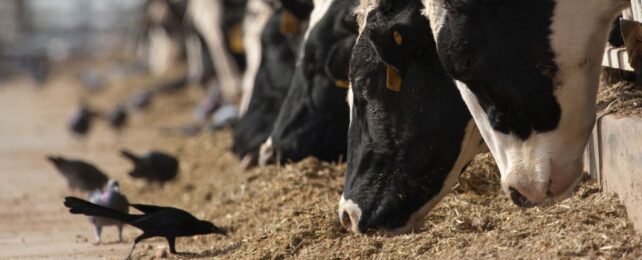An emerging strain of highly pathogenic avian influenza has spilled over from wild birds to dairy cows in the state of Nevada, and officials at the US Department of Agriculture (USDA) and some scientists are concerned by a mutation they are seeing.
The viral variant, called genotype D1.1, is different to the strain that first started infecting dairy cows in Texas in March of 2023, called B3.13, which has wreaked havoc across nearly 1,000 herds in the US so far.
D1.1 is the "current predominant genotype in migratory wild birds", according to the USDA, and it is responsible for a few serious human cases of highly pathogenic avian influenza (HPAI). These include a near-fatal case involving a teen in Canada and the first and only human death related to bird flu in North America thus far, involving a person over the age of 65 from Louisiana.
Until now, D1.1 had not jumped from birds to cows.
"This is not what anyone wanted to see," evolutionary biologist Louise Moncla from the University of Pennsylvania told The New York Times reporters Emily Anthes and Apoorva Mandavilli.
"We need to now consider the possibility that cows are more broadly susceptible to these viruses than we initially thought."
The virus identified in Nevada dairy cattle is closely related to those in migratory wild birds, but it showed a key mutation that may make it easier to replicate inside of mammalian cells.
The adaptation is not found in the B3.13 genotype, but it has been found in some human cases of bird flu.

"Investigations are ongoing to fully characterize this event," reads the USDA brief.
"The Nevada Department of Agriculture acted quickly, by first rapidly enrolling in the National Milk Testing Strategy to initiate active surveillance, and then to identify and quarantine the affected dairies before cattle movements could further transmit this virus beyond the local area."
The National Milk Testing Strategy was set up by the USDA in December 2024 by Federal Order to monitor the spread of avian influenza among dairy cows across the country, and to stop infected milk or dairy cows from moving between states.
But cows in Nevada didn't get sick from an out-of-state neighbor. The threat probably came from above.
While these cows can infect humans, especially via their milk, there is still no evidence that the H5N1 virus can spread from human to human, and for now, officials at the US Centers for Disease Control and Prevention have deemed the risk to most people low.
That said, some scientists and public health officials, including those at the World Health Organization (WHO), are taking the idea of a future human pandemic seriously, and they are watching the H5N1 mutations very carefully.
Recently, some virologists have claimed the risk of a human pandemic from HPAI is rising as the pathogen spends more time in mammal bodies.
While it's true that genotype D1.1 has caused more severe human cases than B3.13, influenza virologist Seema Lakdawala from Emory University told Max Kozlov at Nature in late January these are small sample sizes that we can't learn much from.
At least 66 human cases of bird flu have been recorded in the US since 2024, and we still don't know enough about what makes each viral variant more or less dangerous to our species as a whole.

The CDC's last statement on the bird flu outbreak was published on January 17, 2025. Given the Trump administration's current freeze on communications from some federal health agencies, it is unknown if or when the CDC will address the newly identified spillover event in Nevada.
The USDA says it will continue sharing its data with the CDC and the National Center for Biotechnology Information within seven days of analysis.
